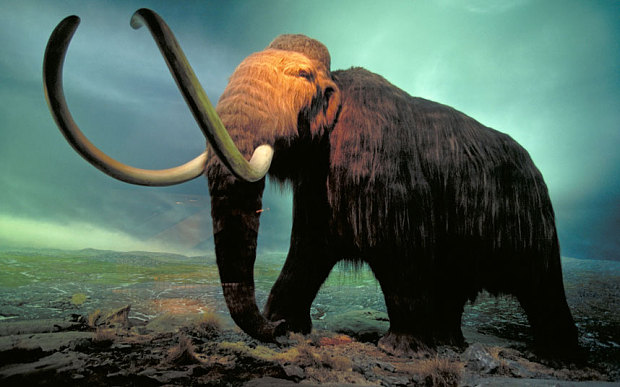Researchers from Harvard University have announced on Wednesday that they successfully managed to insert genetic samples from the extinct wooly mammoth in to the code of an Asian elephant, bringing them one step closer towards resurrecting the giant animals. Wooly mammoths went extinct more than 4,000 years ago, after the last know herds died off […]
Home » wooly mammoth dna

